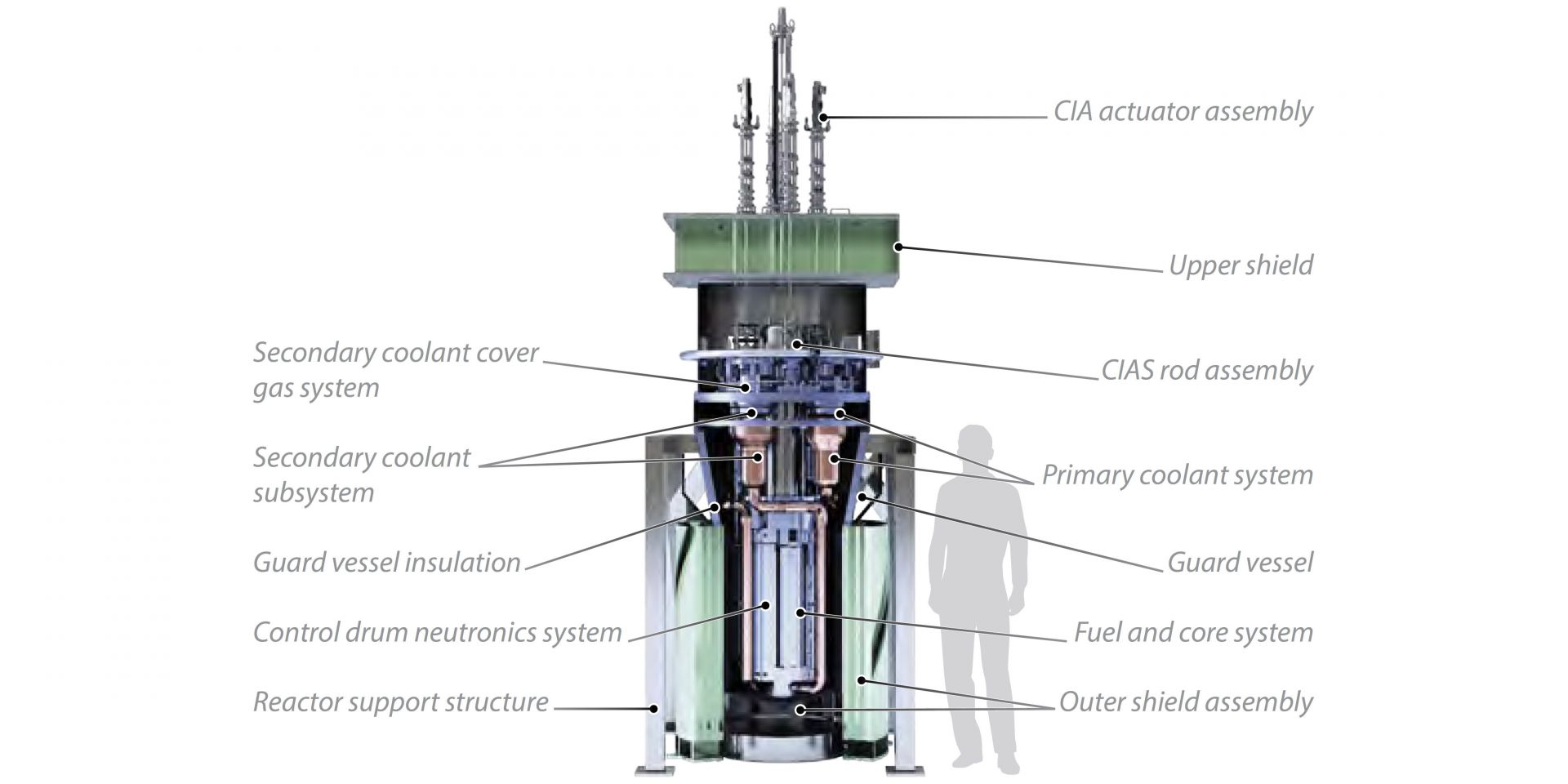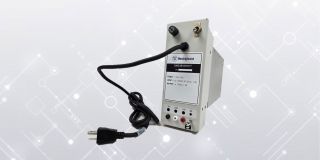Cutaway view of MARVEL and its subsystems. (Image:INL)
Idaho National Laboratory has selected five teams for its Microreactor Application Research Validation and Evaluation (MARVEL) Project to develop a sodium-potassium–cooled microreactor designed to test microreactor applications, create regulatory processes, and explore electrical and nonelectrical uses.
A cutaway diagram of the Natrium reactor. (Source: TerraPower)
The Nuclear Regulatory Commission recently announced that it has completed its final safety evaluation (SE) for the construction permit application for Kemmerer Power Station Unit 1 in Kemmerer, Wyo. The application was submitted by TerraPower on behalf of its wholly owned subsidiary, US SFR Owner (USO).
U.S. Army Soldiers from 1st Battalion, 1st Air Defense Artillery Regiment, 38th Air Defense Artillery Brigade place a Patriot radar system under night conditions, July 19, 2025. (Photo: U.S. Army)
As part of the Janus Program, announced in October, the Department of the Army is seeking potential commercial vendors to build microreactor power plants at nine military installations that are under consideration.
November 14, 2025, 12:10PMUpdated November 15, 2025, 12:30PMNuclear News Members of the Aalo team at the first ground-breaking ceremony for a project accelerated by the Reactor Pilot Program. (Photo: Aalo Atomics)
It has been about three months since the Department of Energy named 10 companies for its new Reactor Pilot Program, which maps out how the DOE would meet the goal announced in May by Executive Order 14301 of having three reactors achieve criticality by July 4, 2026.
Valar Atomic’s Ward 250, under construction. (Photo: Valar Atomics)
Hawthorne, Calif.–based reactor start-up Valar Atomics recently announced that it has raised $130 million in its Series A funding round, led by venture capital groups Snowpoint, Day One, and Dream.
Concept art of the EAGL-1 reactor building. (Source: FANCO)
Newcomer reactor start-up First American Nuclear (FANCO) has partnered with the state of Indiana to develop three projects: its company headquarters, new manufacturing facilities, and a nuclear energy park.
The Olkiluoto nuclear power plant in Finland. (Photo: TVO)
The European Investment Bank recently announced that it is providing €90 million ($103.8 million) in financing to Finnish nuclear power company Teollisuuden Voima Oyj (TVO). The funding is to be used by TVO to support new upgrades and maintenance at the Olkiluoto nuclear power plant.
Annotated concept art of the Cascade Advanced Energy Facility, depicting three reactor buildings that each house four units. (Source: Amazon)
A year ago this month, Amazon led a $500 million investment in X-energy, alongside Citadel founder Ken Griffin, the University of Michigan, and other investors. In addition to that financing, Amazon pledged to support the development of an initial four-unit, 320-MW project with Energy Northwest in Washington state.
















